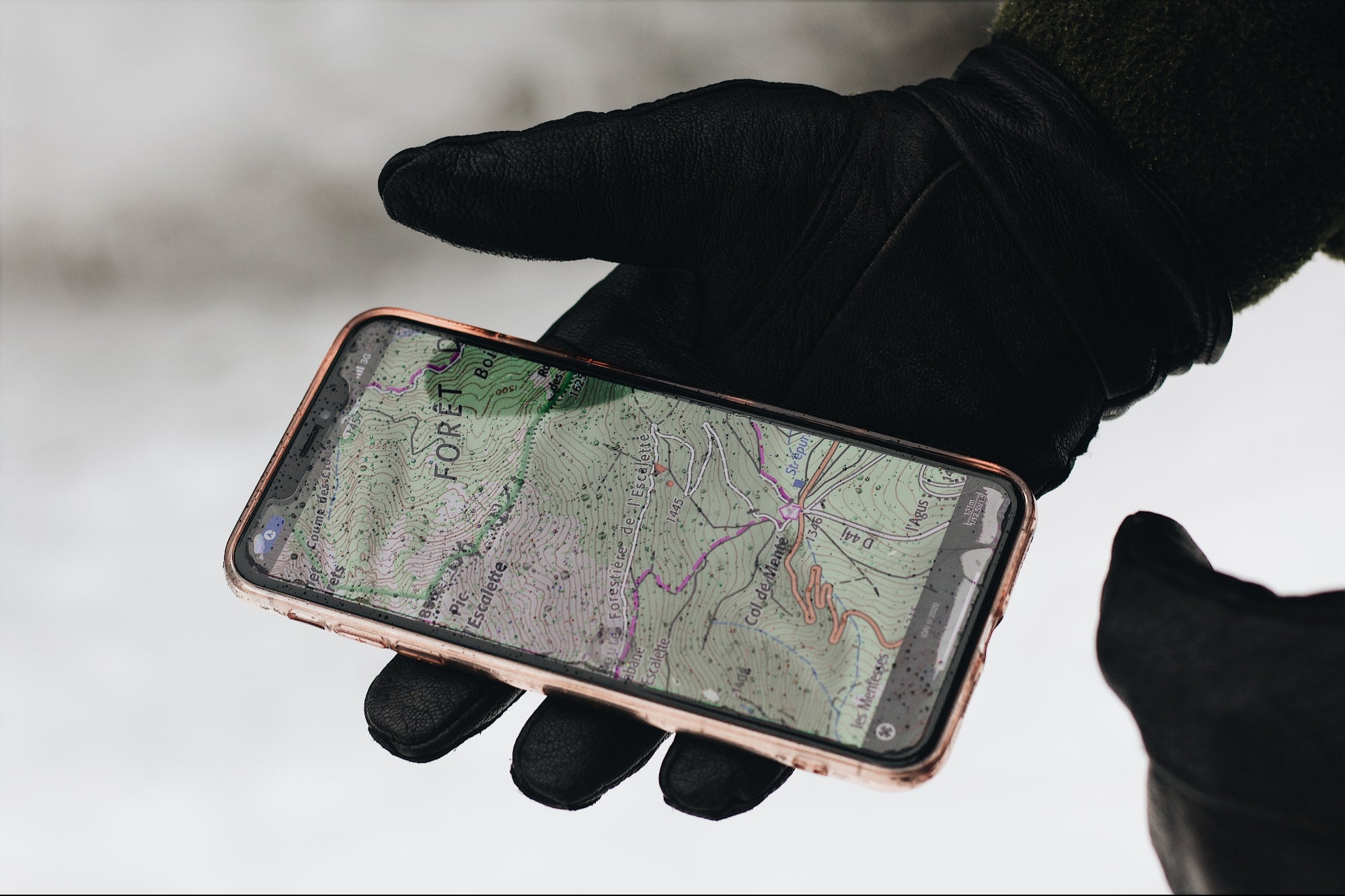ADS
The Icelandic volcano has once again made headlines around the world as it erupted for the seventh time in just one year. This latest eruption occurred on Wednesday night in the southwestern region of the country on the Reykjanes Peninsula.
The Icelandic Met Office quickly sprang into action, estimating that the fissure on the volcano spans approximately 3 kilometers, or 1.9 miles, in length. The eruption began at around 11 p.m. local time on Wednesday, with the Met Office providing an update three hours later indicating that the fissure had ceased to expand.
Despite the eruption, Iceland’s official tourism website assured travelers that air traffic to and from the country was operating as usual on Thursday. While the eruption was smaller than the previous one that took place on August 22, where a 4-kilometer fissure opened up, the impact was still felt in the region.
Two hotels and a geothermal power facility located near the famous Blue Lagoon were evacuated as a precautionary measure. The Blue Lagoon, a popular tourist attraction known for its geothermal spa, has had to close several times over the past year due to volcanic activity.
Photographs from the scene show magma flowing from the Sundhnúkur volcano on the Reykjanes Peninsula near Grindavik, Iceland. The nearby residents in the fishing hamlet and visitors at the Blue Lagoon were swiftly ordered to evacuate due to the eruption. This recent eruption marks the fifth time the volcano has erupted since December.
Snorri Valsson, a spokesperson for the Icelandic Tourist Board, assured the public that the municipality of Grindavík was not at risk from the volcanic flow. He mentioned that the eruption was expected, given its location being the same as the previous one in August of that year.
Evacuations were conducted promptly, with the Svartsengi Power Plant, the two hotels at the Blue Lagoon, and the few individuals residing in the town being removed from the area. Luckily, there were only 60 individuals present at the time, as the Blue Lagoon was closed after regular hours.
Since January 2020, a total of ten eruptions have now taken place on Iceland’s Reykjanes Peninsula. This area is known for its frequent volcanic activity, with Iceland being situated on the geologic border between Europe and North America.
Iceland’s unique position also means that it experiences a significant amount of seismic activity. Last year alone, the country was rocked by over 1,000 earthquakes in just a single 24-hour period.
Despite the challenges posed by these frequent eruptions, Iceland has learned to adapt and respond swiftly to such natural events. The resilient spirit of the Icelandic people shines through as they navigate through these turbulent times and continue to showcase the beauty and allure of their remarkable land.








